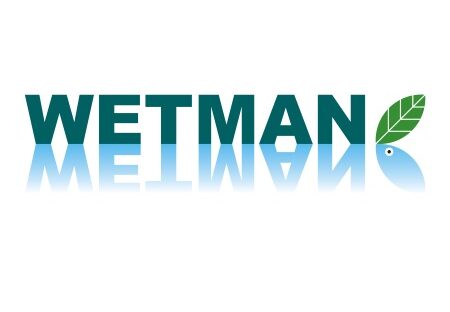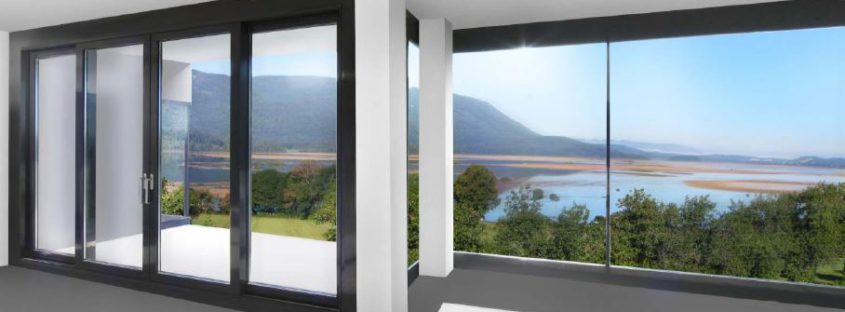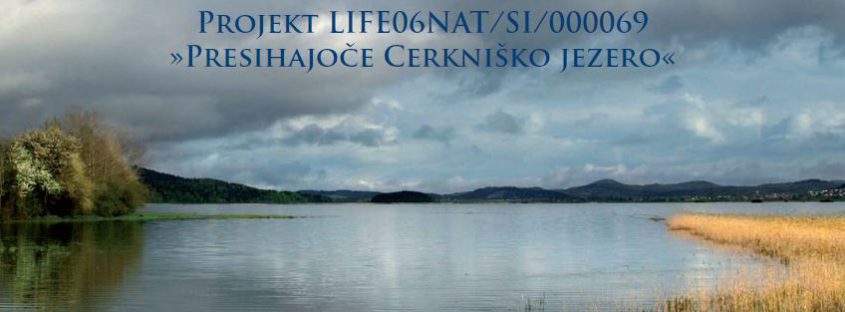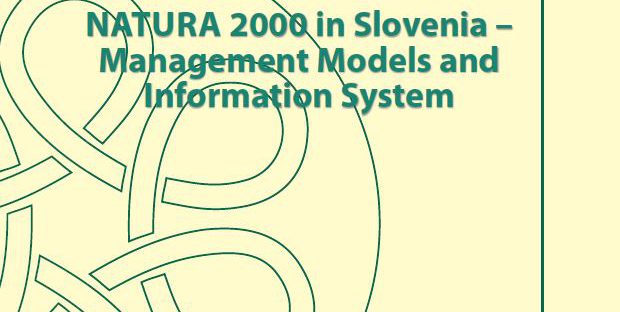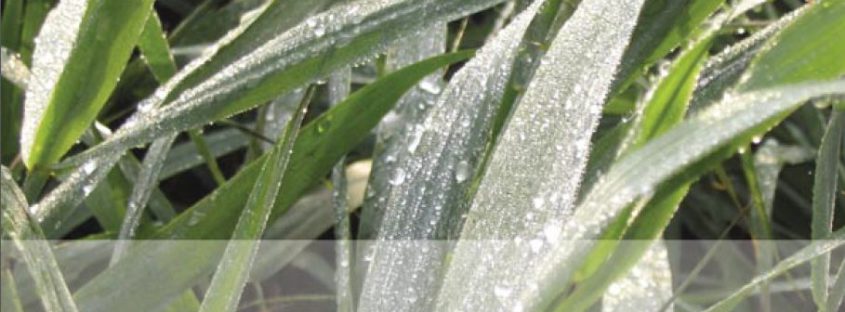Background In Slovenia, a lack of appropriate management over the last 50 years has led to wetland loss and degradation. During this period many wetland areas were modified and drainage systems were constructed, especially for agricultural land and forests. Between 1973 and 1991, more than 70 000 ha of lowlands were drained. In addition, flood…
Month: July 2016

Conservation and surveillance of conservation status of wolf (Canis lupus) population in Slovenia
BACKGROUND The wolf (Canis lupus) is a large-carnivore species with a historically controversial relationship with humans. The wolf is an important species listed in conservation documents such as the EU Habitat Directive and the Bern Convention. The animal is indigenous to the mosaic of natural and cultural landscapes of Slovenia. Forests, which represent a high…

Improved management of contaminated aquifers by integration of source tracking, monitoring tools and decision strategies
Background The public water supply for the Slovenian capital Ljubljana and its surroundings is sourced from the Ljubljansko polje and Ljubljansko barje alluvial aquifers. The quality of these ground water sources is being adversely affected by anthropogenic factors, such as urbanisation, traffic and agriculture. These problems call for improved long-term management of the contaminated aquifers…
Background Environmental impacts associated with the manufacturing of window frames include consumption of raw materials (wood, PVC, aluminium), energy consumption and generation of waste. Sustainable production techniques require manufacturing approaches that use appropriate technologies and methods. These should apply designs that reduce energy and resource consumption as much as possible, and minimise waste during the…
Background Karst topography is a landscape shaped by the dissolution of a layer or layers of soluble bedrock, usually carbonate rock such as limestone or dolomite. Slovenia is very rich in karstic landscape. Its intermittent lakes – turloughs – are listed in Annex I of the Habitats Directive and include Cerknica Lake, the largest and…
Background The bed of the river Mura that flows through NE Slovenia is well preserved, especially in the middle and lower stream, where it is characterised by embankment erosion, deposition of the sand, flooding and side-channels. Deepening of the riverbed due to send accumulation behind the dams of hydropower stations in Austria, however, has resulted…
Background Slovenia has a rich biodiversity, encompassing Mediterranean and Alpine regions. The Slovenian government has proposed 35 percent of national territory as Natura 2000 sites. Intensive farming practices, however, together with a gradual emigration of the younger generation from the countryside to the city, and the consequent abandonment of pastures and meadows, are having a…
Background The Eurasian otter (Lutra lutra), listed in Annex II of the Habitats Directive, used to be widespread throughout Europe. It is an umbrella species for freshwater ecosystems and, with its charismatic image, plays an important role as a flagship species in protection of other freshwater species. However, today, its distribution is scarce as a…
Background Greenhouse gas emissions are a serious threat to the environment: Under the Kyoto Protocol (initially signed in Japan in 1997) industrialised countries committed themselves to a reduction by 2012, of 1991 levels of four greenhouse gases (carbon dioxide, methane, nitrous oxide, sulphur hexafluoride) and two groups of gases (hydrofluorocarbons and perfluorocarbons) produced by them.…
Background Landfilling is the most common form of disposal for waste that cannot be reused or recycled and where there are no thermal waste treatment plants available. Improper landfilling or after-care techniques can cause serious environmental problems through ground and surface water contamination. The development of alternative methods for landfill management and after care to…





